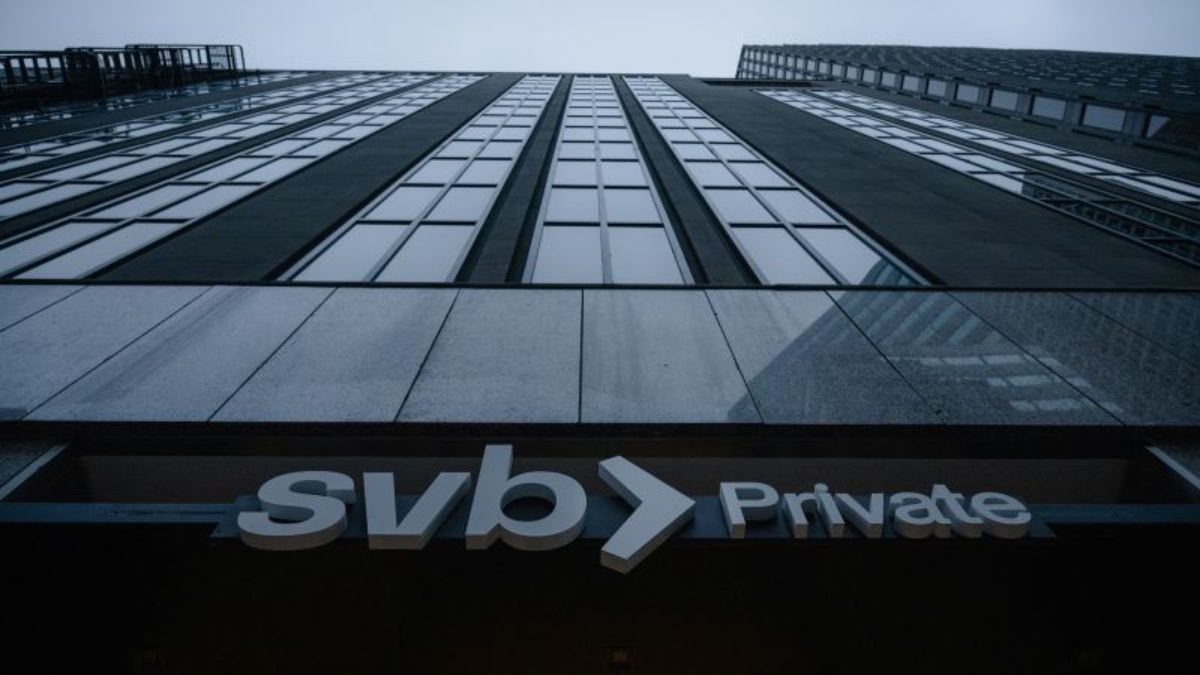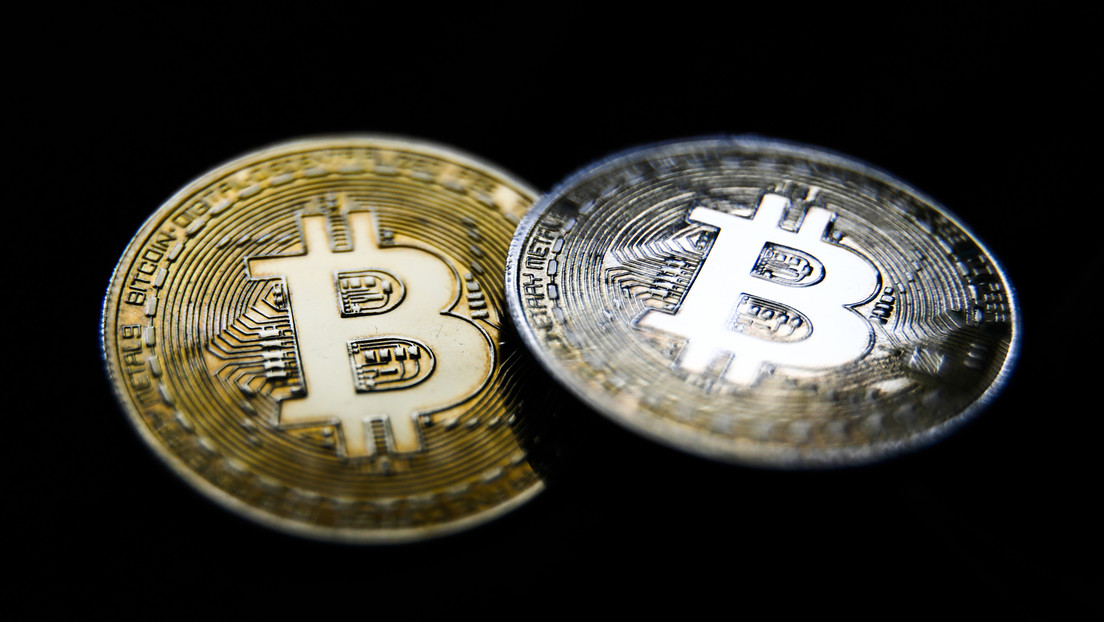(CNN) – Global banks just suffered their worst week since 2008. Now, what’s next?
The fallout from this month’s banking turmoil has spilled over – the staggering outflows of banks and the collapse of Silicon Valley and Signature Bank. As a result, the global banking system was shaken.
More volatility is expected in the coming week. But this does not mean that this is a repeat of the global financial crisis 15 years ago. Deposits from everyday customers are guaranteed and regulators around the world say the banking system remains sound.
Credit Suisse and First Republic: Two more chairs wobbly but they’ve been upright all week. The beleaguered megabank Credit Suisse announced last week that up to $53.7 billion in support from the Swiss central bank would be needed to stay afloat. Meanwhile, First Republic Bank received a $30 billion lifeline on Thursday from some of America’s largest banks.
However, these life preservers may not be enough to keep them afloat. Shares of Credit Suisse, listed in the United States, fell nearly 7 percent and First Republic shares plunged nearly 33 percent on Friday. JPMorgan analysts wrote this week that UBS looks likely to take over Credit Suisse.
Earnings at US commercial banks have been pressured by deteriorating asset quality, slowing loan growth and higher deposit rates, said Seema Shah, chief global strategist at President Asset Management.
But SVB and Signature Bank were unique in that much of their deposit base came largely from the struggling tech and cryptocurrency sectors. He said these banks also hold an unusually large proportion of their customers’ deposits in Treasury securities, which plummeted in value when the Fed began raising interest rates.
First Republic doesn’t have the same problems as Silicon Valley Bank. Long-term Treasury notes accounted for 55% of all SVB assets and only 15% of First Republic.
“Ultimately, investors must decide whether these single/individual crises add to growing fears or lead to crisis contagion,” Shah wrote in a note last week.
Another red flag: These breakdowns may not be entirely self-inflicted.
Before its collapse, it became SVB largest borrower Federal Home Loan Bank of San Francisco. FHLB employees called a “lender of last resort”. Silvergate Bank, another recently collapsed bank, is also very supportive of the cryptocurrency sector I borrowed heavily from the FHLB system, according to Brookings Institution.
First Republic was also a large FHLB borrower. The bank secured about $14 billion in loans at the end of 2022, up from just $3.7 billion in 2021.
Another bank that has major FHLB loans in San Francisco is Western Alliance. Shares of the regional bank also ran wild this week and ended Friday down more than 15%.
This is not to say that banks that get money from the FHLB and participate in the Fed’s emergency bank loan program, which lent $12 billion to banks this week, are in big trouble.
“There is nothing wrong with using lender-of-last tools to deal with an overheating economy,” Bank of America economists Ethan Harris and Shruti Mishra wrote on Friday.
But it raises red flags. There was a sharp increase in Fed discount window lending to $153 billion from $5 billion last Wednesday. This is the largest amount in loans on record.
“The sharp increase in emergency lending by banks from the Fed’s discount window speaks to liquidity and funding pressures at banks, driven by weak depositor confidence in the wake of bank liquidations and the collapse of two banks,” Moody’s analysts wrote last week. They noted that the data is “in line with Moody’s negative view of the US banking system.”
Stay alert, but don’t panic: So what should an investor or bank customer do? Analysts say to be calm and alert. “Looking ahead, investors will need to watch what happens in regional banks with deposits, consumer lending and corporate lending,” said Torsten Slok, chief economist at Apollo Global Management.



:format(jpeg):focal(2005x2630:2015x2620)/cloudfront-us-east-1.images.arcpublishing.com/gfrmedia/2M2H7MH6OFBEVCZLVCKTQNUF7M.jpg)

:quality(85)/cloudfront-us-east-1.images.arcpublishing.com/infobae/ZHL5CWG6MJAIPN4BIHQLMFVVUI.jpg)